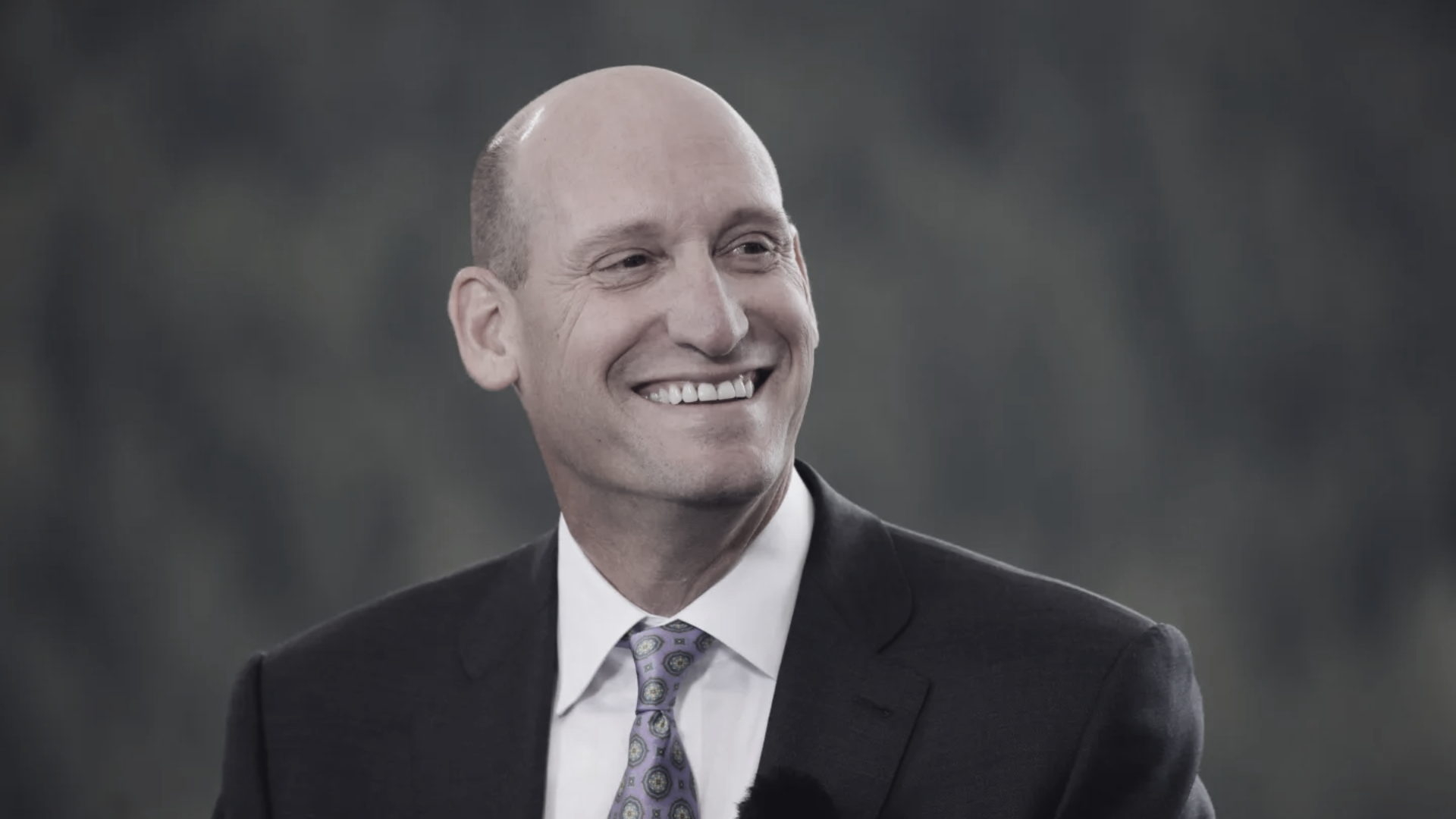Carrier execs confident in residential market despite regulatory uncertainty
The company's CEO and CFO remain confident in the residential landscape, despite the waves being made by the new administration

Image: Carrier CEO via Fortune
At a conference in London on Thursday, Carrier’s CEO and CFO discussed the residential HVAC landscape, President Trump’s fluctuating tariff policies, the EPA’s recent “reconsideration” of a refrigerant rule, and more.
Some highlights from their conversation, per a transcript obtained by Homepros:
On the residential landscape: While CEO David Gitlin previously forecasted residential unit volumes to be “flat to down low single-digits” this year, his outlook has changed. “We expect a little bit of volume growth,” Gitlin said last week.
- “Movement was quite strong in January,” he continued. “We [expected] double-digit growth in residential in the first quarter, and [it’s] looking like the number will come in a bit higher.”
- When questioned about consumer preference toward repairs over replacements, Gitlin responded, “We really do not see this shift. If there is some pressure on the lower-end consumer, you’re going to see [it], but we have not seen any trends around that.”
On the refrigerant transition: The EPA on March 12 announced that it’s “reconsidering” several regulations, including one affecting the industry’s refrigerant transition. While it’s created a hint of uncertainty, Gitlin remains unfazed.
- “The idea of switching back to something like 410A… would create a whole bunch of costs in the system, because our manufacturing lines have switched over, and those costs would need to go somewhere,” he explained.
- “Not only would it be a step back for the environment, it’d be a step back for the homeowner… We’re confident that as we and our peers have discussions [with the administration], there will not be a rollback.”
On tariffs: Since Carrier’s February earnings call, the President has implemented a 25 percent tariff on steel and aluminum imports from all countries, and delayed tariffs on HVAC products from Canada and Mexico until April 2.
- “I think all the tariffs that have been announced are manageable,” said CFO Patrick Goris. However, “Mexico would be different,” he added. “The good thing is the exemption… [and] we feel good the way it is today.”
- “If that exemption is no longer there, that would be a challenge for us. But we’ve been very clear about our playbook… Some of these price increases have already been announced, meaning our partners know that [they’ll] come if tariffs go into effect on April 2.”
On A2L: “We should be done shipping 410A by the end of this quarter,” Gitlin noted, adding that Carrier expects to ship a “fair amount” of 454B heading into the second quarter.
- “We were deciding how much 410A to ship to our distributors last year — we looked at movement and inventory levels — and we [tried] to save some for the first quarter of this year,” he elaborated.
- “I think some of our peers are shipping a little bit more 410A than [us]. We purposely wanted to shift to 454B as soon as we could… We expect [movement] to slow in March because some of our peers are shipping more, [but] as soon as that transition happens, we’ll pick up again with 454B.”
On federal incentives: Following President Trump’s January 20 executive order halting the disbursement of funds under the Inflation Reduction Act (IRA), five states have suspended or delayed their HVAC rebate programs.
- Meanwhile, as Congress works on a $5 trillion tax bill, discussions have included potentially removing a consumer tax credit for qualified HVAC installs.
- “The reality is we have not seen a material benefit [from those incentives],” Gitlin admitted. “We’re just on the cusp of getting our dealers to really educate homeowners on the opportunities. But we’re hopeful those provisions in the IRA stick, as we think [they] could have a meaningful impact on the consumer.”
📬 Get our stories in your inbox
Keep reading
Why renting HVAC equipment in the U.S. isn’t as popular as in Canada — yet
Rentals gained significant traction in Canada as a compliment to gas services
Home Depot reports Q3 earnings
November 20, 2023
What Amazon Can Teach HVAC Contractors About Company Culture
Some of the highest-performing companies in the world have weird cultures


